Resources
Blog
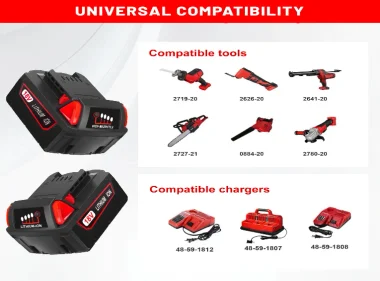
Milwaukee Pack Cell Imbalance: How It Grows, How to Measure & Slow It
Milwaukee pack lifetime is defined not by average cell health but by the weakest cell in the series string. As imbalance in voltage, capacity, and internal resistance grows—driven by aging, thermal gradients, load stress, and limited balancing—the weakest cell triggers premature cutouts, faster aging, and reduced runtime. Monitoring imbalance trends, enforcing strict procurement tests, and improving thermal/BMS design are key to extending pack life.

BMS & Firmware Behaviors in Milwaukee-Compatible Replacement Packs
Practical, non-marketing guide explaining how BMS logic, thermistor/ID signaling, and firmware handshakes determine Milwaukee compatibility, why mismatches create field failures, and which field, bench and procurement checks must be completed before deployment.

Makita Packs: Reverse-Polarity and Mechanical Keying — Design Notes
Explain the importance of mechanical keying and reverse-polarity protection in Makita-style packs, summarize common electrical and mechanical protection strategies, outline failure patterns, and provide reproducible inspection/testing workflows plus procurement acceptance requirements so designers, technicians, and buyers can verify safety and compatibility.
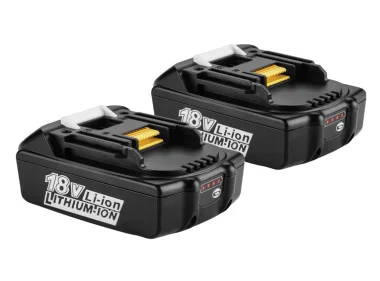
Makita BL Serie — Internal Resistance(DCIR) Trend and Fleet Management
Makita BL-series battery packs show DC internal resistance (DCIR) growth over time and cycles, influenced by temperature, SOC, and usage patterns. Monitoring DCIR predicts aging, prevents tool cutouts, and enforces vendor compliance. Use standardized field, bench, and lab protocols, maintain golden-unit baselines, and set clear retirement thresholds for safe fleet operation.
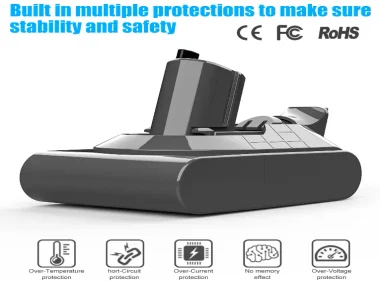
Dyson V6–V12 Pack Designs — Cell Form Factor and BMS Differences
Dyson V6–V12 packs vary in cell form factor (18650, 21700, pouch) and BMS design. Each combination impacts runtime, thermal response, charge/boost behavior, and serviceability. Proper field-to-lab test protocols, IR/OCV logging, teardown inspection, and golden-unit acceptance are essential for safe aftermarket evaluation. Procurement must enforce traceability, thermistor/BMS mapping, and standardized RMA/golden-pack checks to minimize field failures.
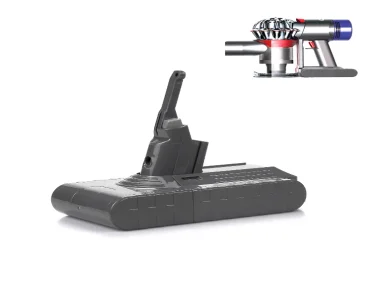
Dyson Battery Thermal Events — Post-mortem Findings and Mitigations
Thermal events rarely originate from a single fault. Most Dyson-style pack incidents involve a latent cell defect interacting with BMS or thermistor irregularities and then being amplified by poor airflow, mechanical shock, hot-vehicle storage, or aggressive charging. Reducing recurrence requires consistent field evidence capture, a disciplined lab workflow, and stronger vendor acceptance gates.
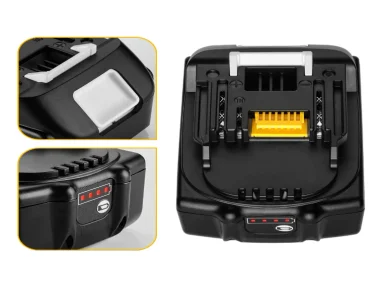
Makita 18V Cell Chemistry Choices: Tradeoffs, Tests & Procurement
Selecting a chemistry for Makita-format 18V packs is a tradeoff. NMC/NCA delivers highest energy density and peak power but needs strict thermal paths and sophisticated BMS. LFP gives superior thermal stability and long cycle life but increases pack weight and requires different charge voltage/SOC approaches. LMO or blended chemistries serve high-pulse niches. Always validate vendor claims with a reproducible acceptance protocol (OCV, IR, thermal, cycle-spot tests) rather than trusting datasheets alone.
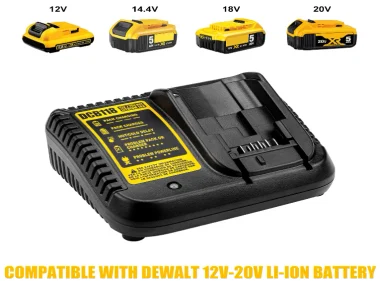
DeWalt Charger: Charge Curves & Model Compatibility
DeWalt’s charger family includes legacy combo units, 20V MAX chargers, high-amp rapid chargers and FLEXVOLT-aware models — each with distinct current profiles and handshake expectations. Mechanical fit alone does not guarantee safe or full charging. Thermistor mapping, BMS ID/EEPROM behavior and charger current limits determine whether a pack charges normally, derates, stalls, or is rejected. Follow the acceptance and QA matrix below to validate compatibility and reduce RMAs.

Short-Circuit Protection: Variations Among Modern Tool BMS Designs
Short-circuit protection in modern tool packs spans simple fuses, active FET cutoffs, redundant sensors, staged ICs, and hybrid combinations. This guide outlines the full architecture landscape, compares sensing and FET arrangements, provides a reproducible field-to-bench test workflow with acceptance metrics, and includes procurement clauses for enforcing safety, traceability, and long-term reliability.
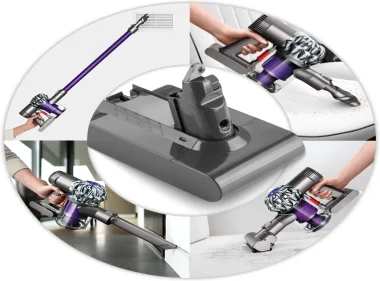
Universal Battery Formats: More Realistic? The Current Industry View
This article evaluates whether a true universal power-tool battery format is feasible, what forces support or block it (regulation, OEM incentives, technical obstacles), and what buyers, fleets and aftermarket suppliers should do now.
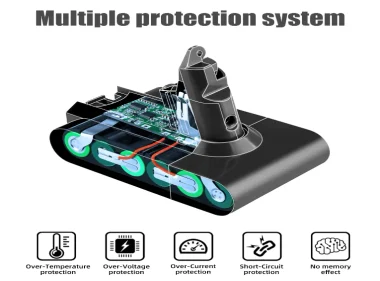
Tool Battery BMS Miniaturization: Protection IC & MOSFET Trends
Shrinking protection ICs and more compact MOSFET power-paths are reshaping modern tool-battery BMS architecture. This brief explains the engineering tradeoffs (thermal, EMI, reliability, manufacturability), how to test and validate miniaturized designs, and what procurement and maintenance teams must require from vendors.
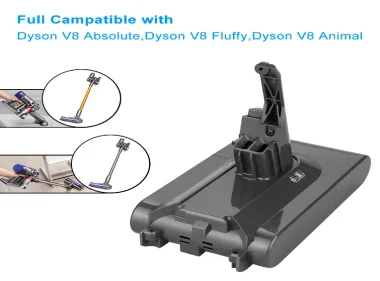
New Testing Methods for Detecting Micro-Shorts in Li-ion Cells
Early detection of micro-shorts (incipient internal shorts) is critical for pack safety and service life. This guide explains modern detection methods — signal analytics, acoustic/thermal/gas sensing, ultrasound, ICA/EIS, and lab-grade imaging — along with a reproducible test matrix and actionable procurement/operational steps. All invasive tests must be performed only in qualified laboratories.
Let our battery power your success
Transform your path to success with our advanced battery technologies, while enjoying the perks of free technical guidance and tailored design services to meet your unique requirements.